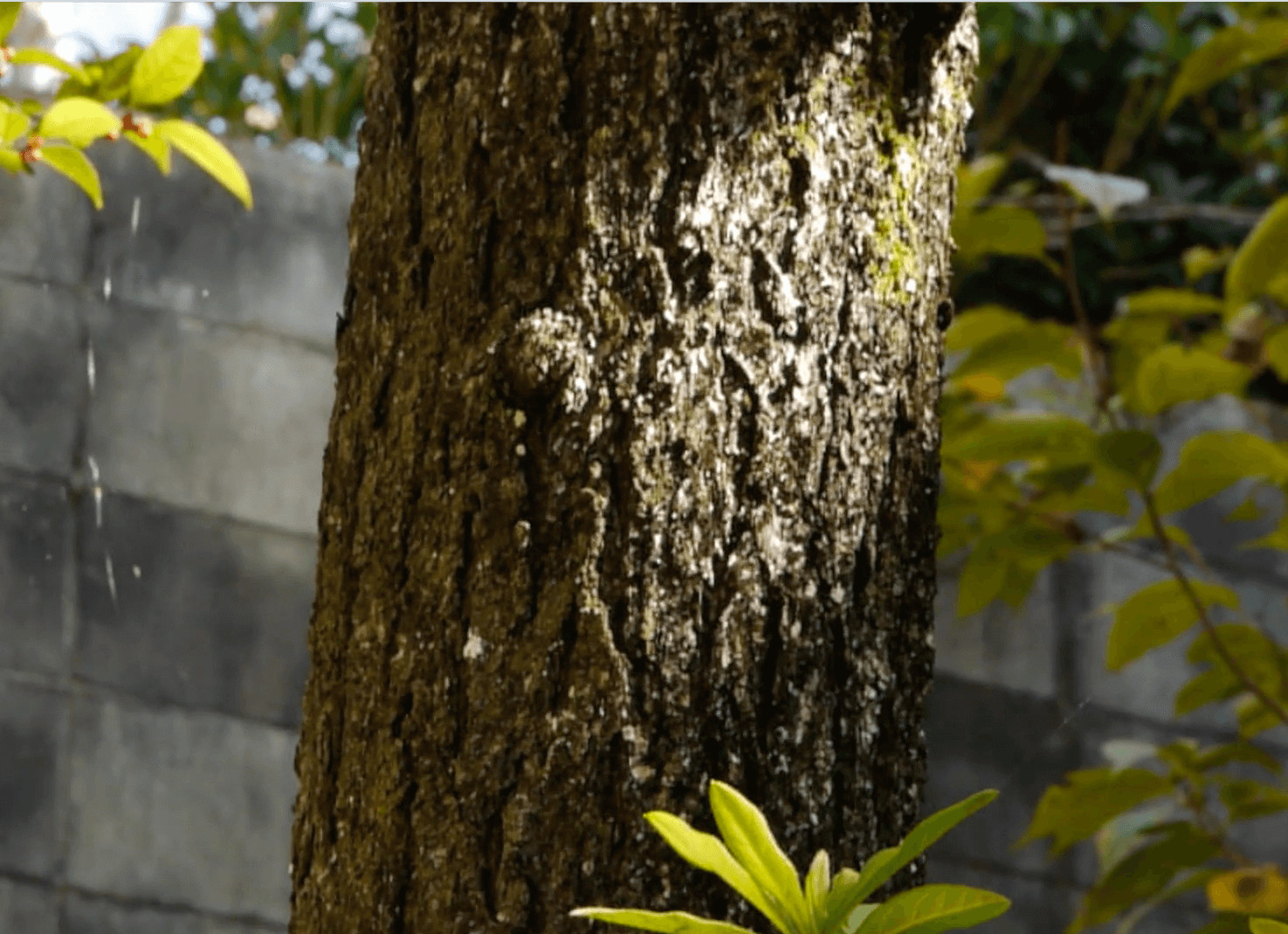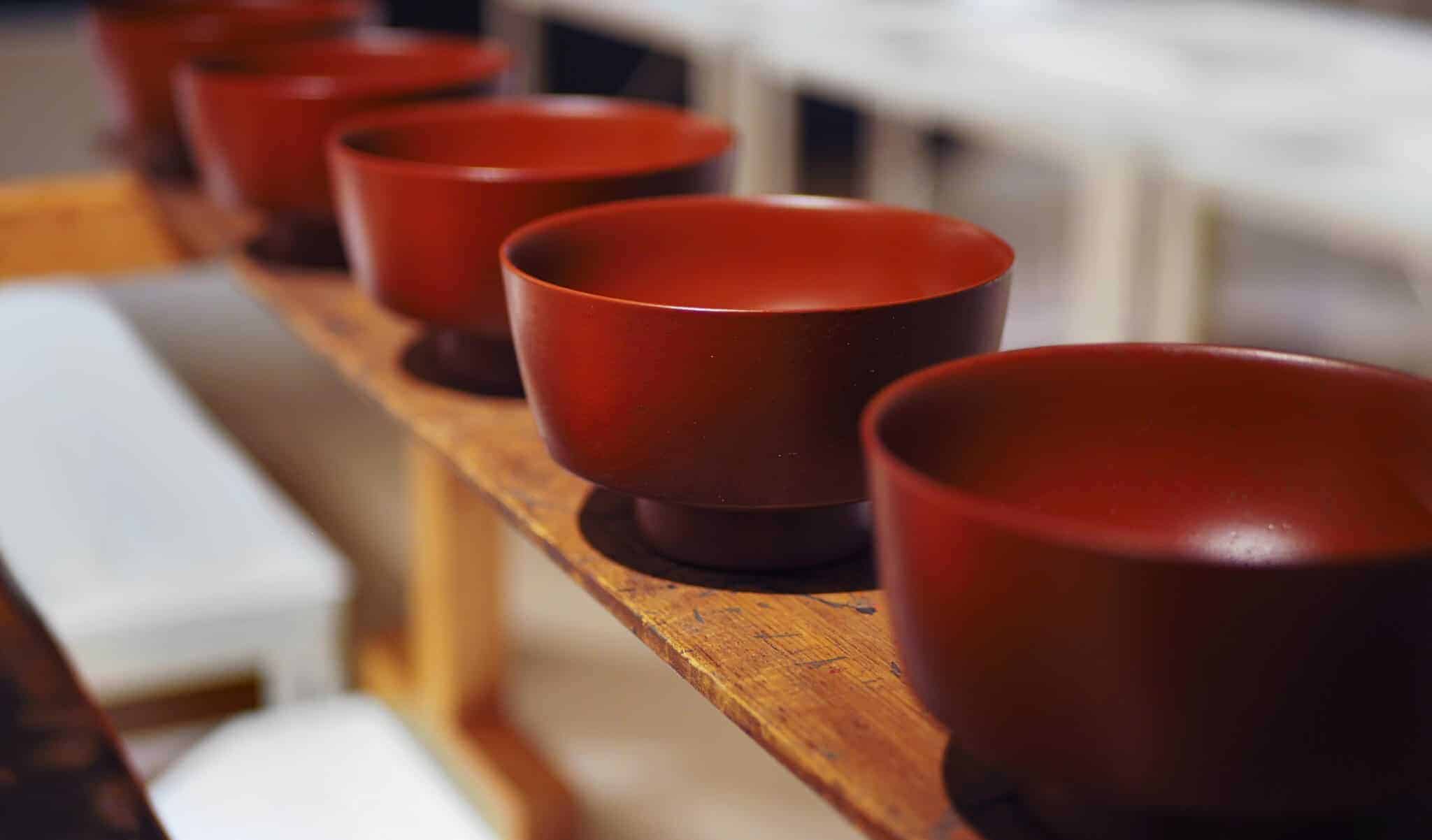Of all Japanese crafts, the finest and most labours of all is urushi or lacquerware. The technique which was developed in China has been produced in Japan for the past 7000 years and is still produced using the same ancient process and techniques. Japanese lacquer is a craft in which time is key, this is a slow craft, pieces take months, sometimes years to complete making them all the more precious.
Extracting the sap
__________
Raw lacquer which is the coating of lacquerware is actually the sap of what is known as the Japanese Lacquer tree is gathered in much of the same way as latex from a rubber tree. To obtain the sap diagonal cuts are made into the bark to allow the sap to seep out into containers. A single mature tree may produce less than half a cup of sap each season and they must not be tapped again for a few years, the sap is a precious resource.
The oil found in the sap contains urushiol also found in Poison Ivy, a toxic substance which can cause severe skin irritation. Craftspeople must expose themselves to the leaves little by little in order to build up immunity to the sap. Once properly hardened, lacquer produces an unmistakable shine and is an extremely durable coating resistant to moisture, heat and salts. Lacquer can be painted carved and moulded lending itself to a wide range of crafts.

Image: Adam Fulford
The wooden core
__________
Japanese art and architecture make great use of wood. Visit Japan and you will see the material everywhere, it is used in everything from ancient temples to an everyday chopstick. The fact that wood is the material most commonly used for the base or inner core of lacquerware is not surprising.
Cherry pine and Japanese Cyprus amongst other are selected after careful inspection then allowed to dry sometimes for periods of up to 7 years to assure that they won’t ever warp, dry wood as it is not prone to cracking. The wood can now begin to be shaped on a lath. The craftsperson will work the wood with fine tools until the wood is so thin that light can be seen through it.

Image: Adam Fulford
Polishing the lacquer
__________
The lacquering process begins by ensuring the wooden base is sealed with a coat of uncoloured lacquer. After that coat has dried, lacquer mixed with fine clay is painted on to fill in the natural grain of the wood to create a smooth surface. In total there are around 20 more coats of lacquer applied to the piece. Coats will be mixed with such materials as clay, fine earth and finally layers of coloured lacquer. Each coat must be applied very thinly to allow the previous coats to dry properly. If the coat is too thick the outer layer will harden and the inner layers will remain liquid. The process of the lacquer drying is actually not drying it is curing due to the chemical reaction which takes place. Lacquer cures best in moist air of about 85% relative humidity. The chemicals in lacquer act as a catalyst for its oxidation and results in a permanent hardening of the raw material.
The objects are placed in a drying cabinet that will be made damp to create the levels of humidity needed for the lacquer to fully dry. After each coat of lacquer is dry it must be polished by hand. A pumice stone is used to smooth out larger irregularities on the surface, then finer abrasive like charcoal to make the surface absolutely smooth. a fine lacquer object may have more than 30 coats applied and polished over a period of several months even years.


Image: Adam Fulford
Decoration
__________
When a piece is finished it will either be left a plain colour, usually red or black or have some sort of decoration applied, this is usually a metallic finish. The artists will draw the design on a piece of very thin paper and apply red lacquer to the lines, this pattern is then placed against the lacquered object and gently rubbed onto the piece. The transferred design is then retracted in red painting lacquer with a very fine paintbrush. Maki-e is one of the most traditional techniques for applying decoration. Metal powders are sprinkled on the sticky lacquer through a screen on the end of a bamboo tube, it is this process that gives the technique its name.
Maki-e is left in the drying cabinet for 12 hours whilst the lacquer hardens trapping the powders in the patterns of the drawing. A final overcoat of clear lacquer is applied to protect the design. This is then polished with a fine powder until the surface has reached a brilliant lustre. There are many other methods of design such as inlaying pearl, painting directly onto the surface.
The beauty of lacquerware is in its technique. The slow art of creating layer upon layer of the richness of lacquer creates a surface like no other. Lacquerware is something which needs to be held to be appreciated every piece just seems to fit in your hand perfectly. something which can rarely be achieved by a product made by machine.


Image: Adam Fulford





